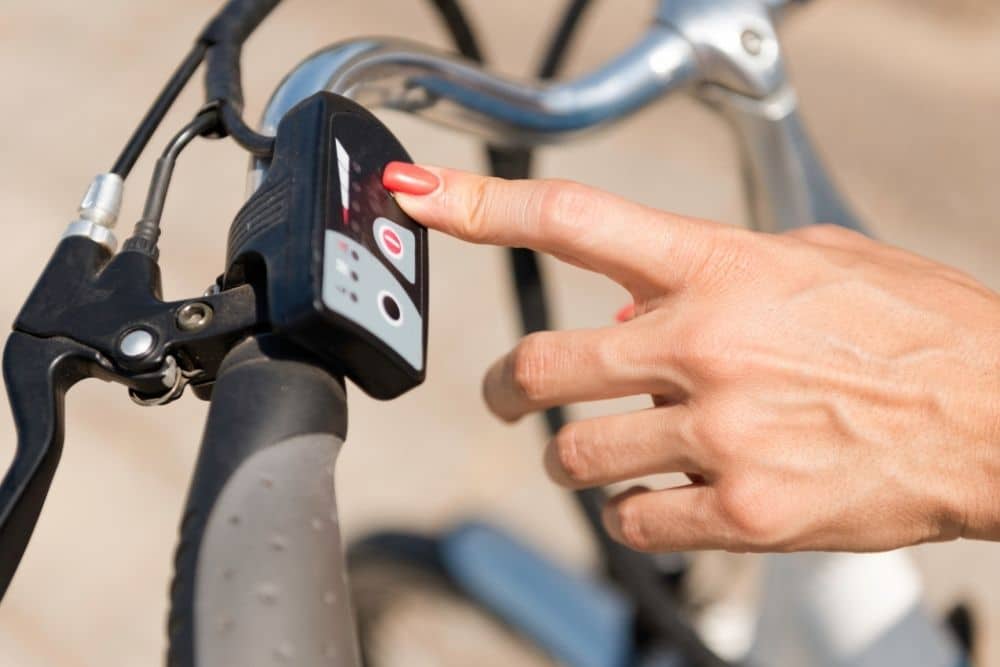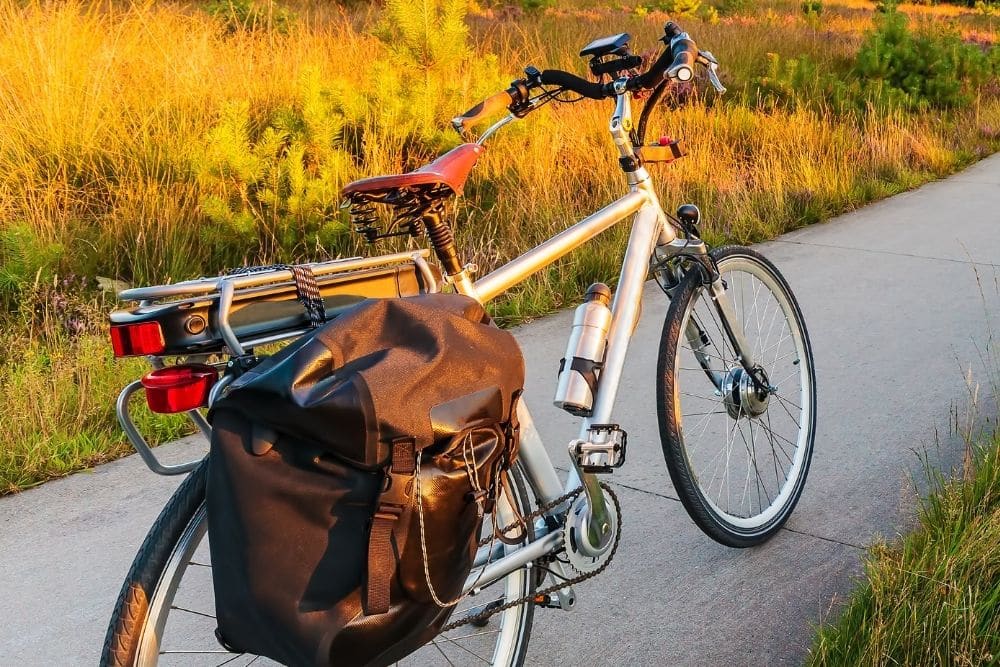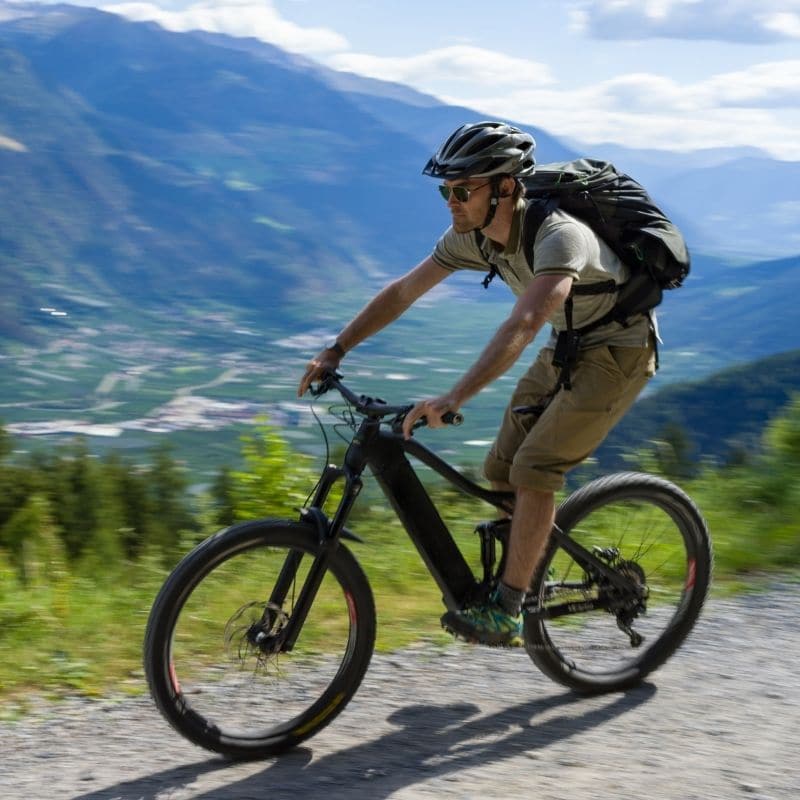It is difficult to be an ebike manufacturer or ebike seller sometimes. One of the most popular questions that will be asked about your shiny new product, is, how far will it go?
This is a simple question, but it has so much behind it, and between the lines, that it is almost impossible to answer accurately, no matter how honest you want to be with a potential new customer. And you must be honest, because the customer expects you to be. And you can’t be evasive, because that will be picked up by the customer, who may decide, as you cannot give a straight answer, then you cannot be trusted.
The fact is, there is no one answer to this question. How far that ebike will go depends on so many factors, that it is almost impossible to state a number factually. Either you will be cautious in your answer, in which case the potential buyer may seek a model from another manufacturer that states a better range. Or, if you state a figure that is possible in specific circumstances to meet, but not at all reasonable for the buyer to expect in their usage of the ebike, then you will have a very disappointed customer.
Ebike Range is a Moveable Feast
All a manufacturer can claim, is that in ideal conditions, you can expect your ebike to travel X amount of miles on a full charge. But what are ideal conditions, and do they ever relate to the conditions that the owner of an ebike will enjoy?
Let’s look at some ideal conditions, then look at factors that will dictate that a buyer will never reach the range stated in ideal conditions. Ideal conditions do not exist for virtually all ebike users.
Ebike Test Lab
Ideal conditions may be in a test lab, where the ebike is set on a rolling road with a petite athletic rider on saddle, and the rolling road is given a low resistance. The ebike is then operated at the lowest assist level and allowed to run until the battery is flat. The mileage completed by this time in these test conditions may be what the manufacturer states as the range in ideal conditions.
Ebike Test Circuit
A smaller manufacturer without the benefits of test labs and rolling roads, may test the ebike on a flat circuit, or on a length of flat road. A day will be chosen with little or no wind, and the weather will be dry and the temperature moderate to ensure the battery operates at peak efficiency. The rider of the ebike will likely be athletic and lightweight, and use the lowest assist setting, to ensure the range will come out as the maximum possible.
Ensuring the maximum range possible on a test is not cheating. This would be what is possible, even though that possibility is beyond the reach of most ebike buyers. Just as owners of petrol or diesel engine vehicles will never attain the miles-per-gallon that car manufacturers state in specifications, so it is the same with ebike manufacturers.

Why Ideal Conditions are Impossible
What happens in the lab, stays in the lab. Or what happens on the test circuit, will never be repeated in real life use. In a test setting a range of factors are set and will not change. In real use conditions, everything changes, and nothing is set in stone.
The Weight of the Rider: The mere fact, you as the new owner, are a heavier person than the test-rider, immediately cuts the possible range you will attain. The ebike has to work harder to move you along.
The Weather: Riding against the wind, or in driving rain, will reduce your range. The ebike is fighting the elements as well as travelling the road with the rider.
Geography of the Route: Journeys on the flat may be fine, but if your topological route includes hilly terrain, then your range will be shortened substantially.
The Climate Where You Reside: Living in a moderate climate may be best for getting the maximum range out of your ebike. If you live in a cold climate, or somewhere really hot, then expect your ebike range to be affected.
How Much Assist You Use: The more assistance you ask of the ebike, the more battery power you will use. Using maximum assistance all the time will shorten your range dramatically.
How Well Maintained Your Ebike Is: When new, your ebike will run smooth and well, but after a while, when the elements, and dirt and mud get into moving parts like the drive-train, the ebike will lose some efficiency and the battery will have to work harder to compensate. This will affect your range.
The Age of the Battery: A new battery will operate at 100% efficiency, but as a battery ages, and is subjected to more and more recharge cycles, efficiency drops. This may not be noticeable for a few years, but eventually you will have to concede that the battery will no longer go the distance it did when new. This is not a fault; this is just the way of rechargeable batteries.
Carrying Bags or Cargo: Carrying heavy items, such as shopping, or camping gear, or even a child in a fitted child seat, will reduce your range. The heavier the load on the ebike, the more the battery and motor have to work, and subsequently the more the range is reduced.
The Terrain You’re Riding On: A smooth tarmac road will be easier on your ebike than a rough mountain trail. The smoother the path, the less resistance, the longer your range will be.
The Design of Your Ebike: A fat-tired mountain ebike will be heavier and have more contact with the surface than a light thin-tired folding ebike. The more contact with the surface and the heavier the ebike, the more resistance and therefore shorter the range.
There are other factors I’ve missed above; riding style, for example, and probably a great deal more. The main point though is that calculating a precise range of an ebike relies on so many factors that it is damn near impossible to estimate with any accuracy.

See also: Ebike Range, Our Go Further Guide
And: How Ebikes Work and Why They’re an Essential Part of the Cycling World
Expect Disappointment in Your Ebike Range
Different manufacturers will estimate range in ways that may seem mathematically possible in some realm of reality, and may look true in a field of specification flow chart facts and figures. Some manufacturers just seem to pick a number they think looks attractive to a potential buyer, and run with that.
It need not be the case that every ebike purchaser should have buyers’ remorse. If you take it that range in the specification literature is more fiction than reality, and lower your expectations to what may be a real-life possibility, then you can purchase the ebike you want, and deal with the range issue as you go, and as your real-life usage of the ebike dictates, as far as you can go!
Ebike Range Standardization
There have been moves to regulate what manufacturers state as a range for their products, and some manufacturers are moving in the direction of accepting an industry wide method of standardizing range. For example:
“Bosch eBike Systems, working in cooperation with ZIV (Germany’s bicycle industry association) and companies from the bicycle industry, has developed a standard for measuring the ranges of eBikes with defined parameters. This promotes transparency and enables comparisons to be made in the marketplace. For the first time, the “standardised range test R200” will enable manufacturers, dealers and customers to compare the range of different eBikes on an objective basis.” [source]
Unfortunately, unless all manufacturers use such a standardization measurement for range, then this is basically a useless comparison method unless you determine to only purchase from a manufacturer who participates in the use of the standardization measurement.
This is something that may evolve over time and one day you may be able to compare all ebikes with such a range standardization method, we can only wait and see.
Extend the Range You Will Have
Meanwhile, if you are in the market right now for an ebike, then accept that the range stated for the ebike of your desire, will never be attained by you if you purchase. So, look to proven methods to extend the range if this is something you will need to think about.
For example, ensure you start your journey with a fully charged battery. Keep the assist level low, or as low as possible without having to over-exert yourself physically.
Carry your charger with you, or buy another to store at your place of work if you are planning commuting on your ebike.
Perhaps buy a second battery to swap out the first when it becomes flat. This is an expensive option, but depending on how far you want to go on one journey, may be the only way of reaching your destination without stopping to recharge enroute, or pedalling the final leg of your journey without any assistance at all.
Range is Only One Aspect of Ebike Ownership
Your enjoyment of your ebike is not only down to range. Range is one aspect of course, but having an ebike and using it regularly is fun. Don’t let any range anxiety ruin your enjoyment of using your ebike. Most of the journeys you will make will be well within the range of your ebike. For journeys further afield, you can make provision and have contingencies for. Everything is possible for extending the fun.
27 Dec 2021

